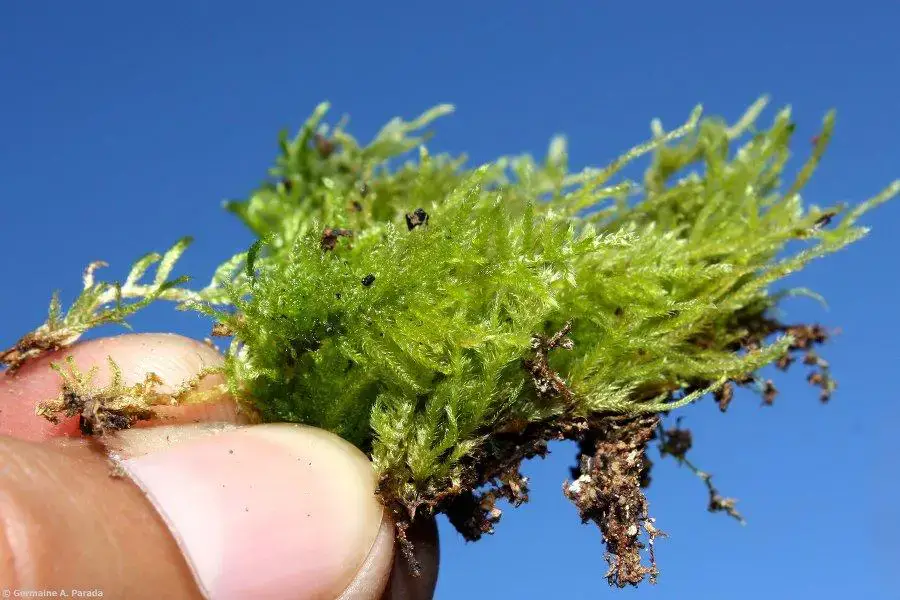
medium.jpeg from: https://www.inaturalist.org/taxa/282202-Brachythecium-ruderale
Introduction
In the vast and captivating world of bryophytes, the Brachythecium ruderale (Brid.) W.R.Buck

BRACHYTHECIUM%2BRUDERALE%2BBRACHYTHEACEAE%2BX.jpg from: https://plantasdepuertorico.blogspot.com/2017/02/musgos-hypnales-brachythecium-ruderale.html
moss stands out as a remarkable species. Belonging to the Brachytheciaceae family, this unassuming yet fascinating moss has captured the hearts of enthusiasts worldwide. Let’s delve into the intriguing realm of this Bryopsida marvel and uncover its secrets.
Background
Before we explore the intricate details of Brachythecium ruderale, it’s essential to understand the broader context of bryophytes. These non-vascular plants, including mosses, liverworts, and hornworts, have been around for millions of years, predating even the earliest vascular plants. They play a crucial role in various ecosystems, acting as pioneers in colonizing new environments and contributing to soil formation and moisture retention.
Main Content
Morphology and Identification
Brachythecium ruderale is a pleurocarpous moss, meaning its stems grow horizontally along the substrate. Its slender, irregularly branched stems can reach lengths of up to 10 centimeters, forming dense mats or cushions. The leaves are ovate-lanceolate in shape, with a distinctive midrib and finely serrated margins. When mature, the moss produces small, urn-shaped capsules on short setae, which aid in spore dispersal.
Global Distribution and Habitat
This resilient moss species has a widespread distribution, found on every continent except Antarctica. It thrives in a variety of habitats, including disturbed areas, roadsides, lawns, and even urban environments. Brachythecium ruderale is known for its tolerance to a wide range of environmental conditions, making it a true survivor in the bryophyte world.
Ecological Roles and Adaptations
Despite its unassuming appearance, Brachythecium ruderale plays a vital role in its ecosystems. Its dense mats help retain moisture and prevent soil erosion, creating favorable conditions for other plants to establish themselves. Additionally, this moss serves as a microhabitat for various invertebrates, providing shelter and food sources.
One of the remarkable adaptations of Brachythecium ruderale is its ability to withstand desiccation. During dry periods, the moss can enter a state of dormancy, only to revive and resume growth when moisture becomes available again. This resilience has contributed to its success in colonizing diverse environments.
Case Study: Urban Bryophyte Diversity
In a recent study conducted in a major city, researchers discovered a surprising diversity of bryophytes, including Brachythecium ruderale, thriving in unexpected urban environments. This moss was found growing on concrete sidewalks, tree bases, and even abandoned lots, highlighting its adaptability and ability to colonize human-modified habitats.
Technical Table
| Characteristic | Description |
|---|---|
| Phylum | Bryophyta |
| Class | Bryopsida |
| Family | Brachytheciaceae |
| Genus | Brachythecium |
| Species | ruderale |
| Growth Form | Pleurocarpous moss |
| Stem Length | Up to 10 cm |
| Leaf Shape | Ovate-lanceolate |
| Capsule Type | Urn-shaped |
Conclusion
The Brachythecium ruderale (Brid.) W.R.Buck moss is a true testament to the resilience and adaptability of bryophytes. From its unassuming appearance to its remarkable ecological roles, this species continues to captivate enthusiasts and researchers alike. As we delve deeper into the world of bryophytes, we are reminded of the intricate beauty and complexity that surrounds us, even in the smallest of forms. Perhaps the next time you encounter a patch of moss, you’ll pause and appreciate the wonders of Brachythecium ruderale.